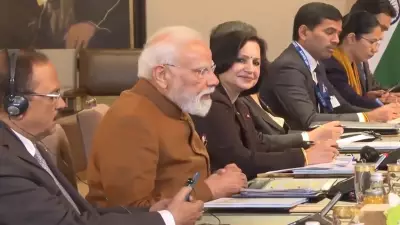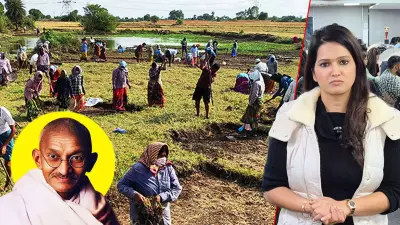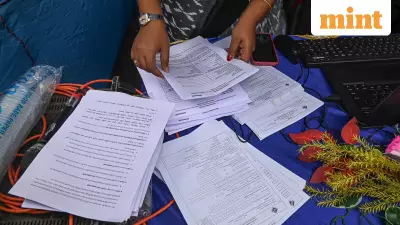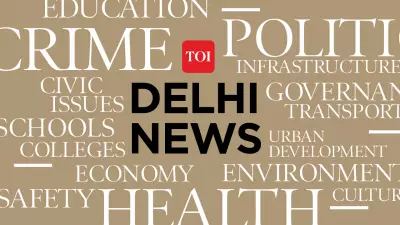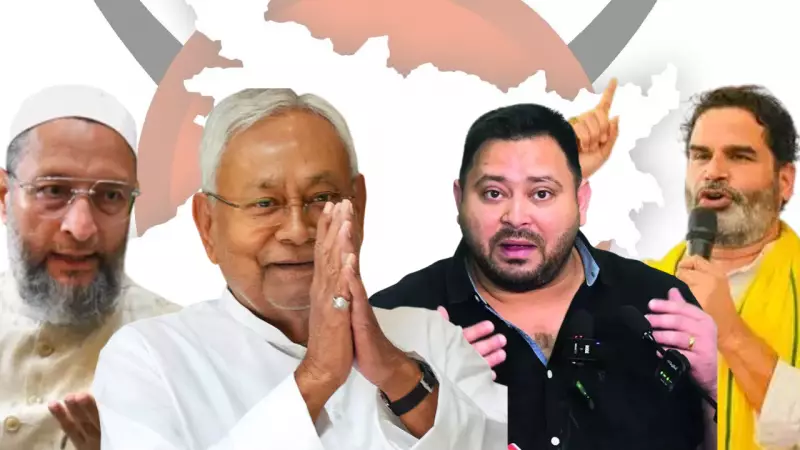
In the complex chessboard of Bihar politics, one player has consistently held the winning move: the Muslim voter. Detailed analysis of the last three state elections reveals a compelling story of how this demographic bloc has emerged as the ultimate kingmaker in India's third-most populous state.
The 2020 Verdict: A Clear Message
The most recent Bihar assembly elections in 2020 demonstrated the Muslim community's strategic voting power with remarkable clarity. Muslim-majority constituencies witnessed an overwhelming consolidation behind the Mahagathbandhan (Grand Alliance), with nearly 75% of voters supporting the opposition coalition. This massive consolidation proved decisive in numerous tight contests across the state.
2015 Watershed Moment
The 2015 elections marked a historic turning point where Muslim voters played a pivotal role in ending the 15-year rule of Nitish Kumar's JD(U)-BJP alliance. The community's substantial shift toward the Mahagathbandhan, comprising RJD and JD(U) at that time, created an unstoppable wave that reshaped Bihar's political landscape.
2010: The Consolidation Pattern Emerges
Even a decade ago, the emerging pattern was visible. While the Muslim vote was more fragmented compared to subsequent elections, the initial signs of strategic consolidation were evident. The community began moving away from scattered voting toward more unified political decision-making.
Key Constituencies That Tell the Story
The data reveals fascinating insights from specific constituencies:
- Seemanchal region: With over 40% Muslim population, this area has consistently determined multiple seat outcomes
- Kosi belt: Another critical region where Muslim voting patterns have swung entire districts
- Urban centers: Cities with significant Muslim populations have shown increasingly consolidated voting behavior
The Demographic Reality
With Muslims constituting approximately 17% of Bihar's population—translating to over 20 million voters—their concentrated presence in key constituencies gives them disproportionate influence in close contests. In nearly 40 constituencies, Muslim voters form between 20-50% of the electorate, making them the decisive factor.
What This Means for Bihar's Political Future
The consistent pattern across three election cycles suggests that Muslim voters in Bihar have evolved into a sophisticated political force. They're no longer passive participants but active shapers of political outcomes. Their ability to coordinate voting behavior across diverse regions indicates growing political awareness and strategic thinking.
As Bihar continues to be a bellwether state for national politics, understanding these voting patterns becomes crucial for any political formation hoping to form government. The message from the data is clear: in Bihar's complex political arithmetic, the Muslim voter has become the X-factor that can make or break electoral fortunes.

